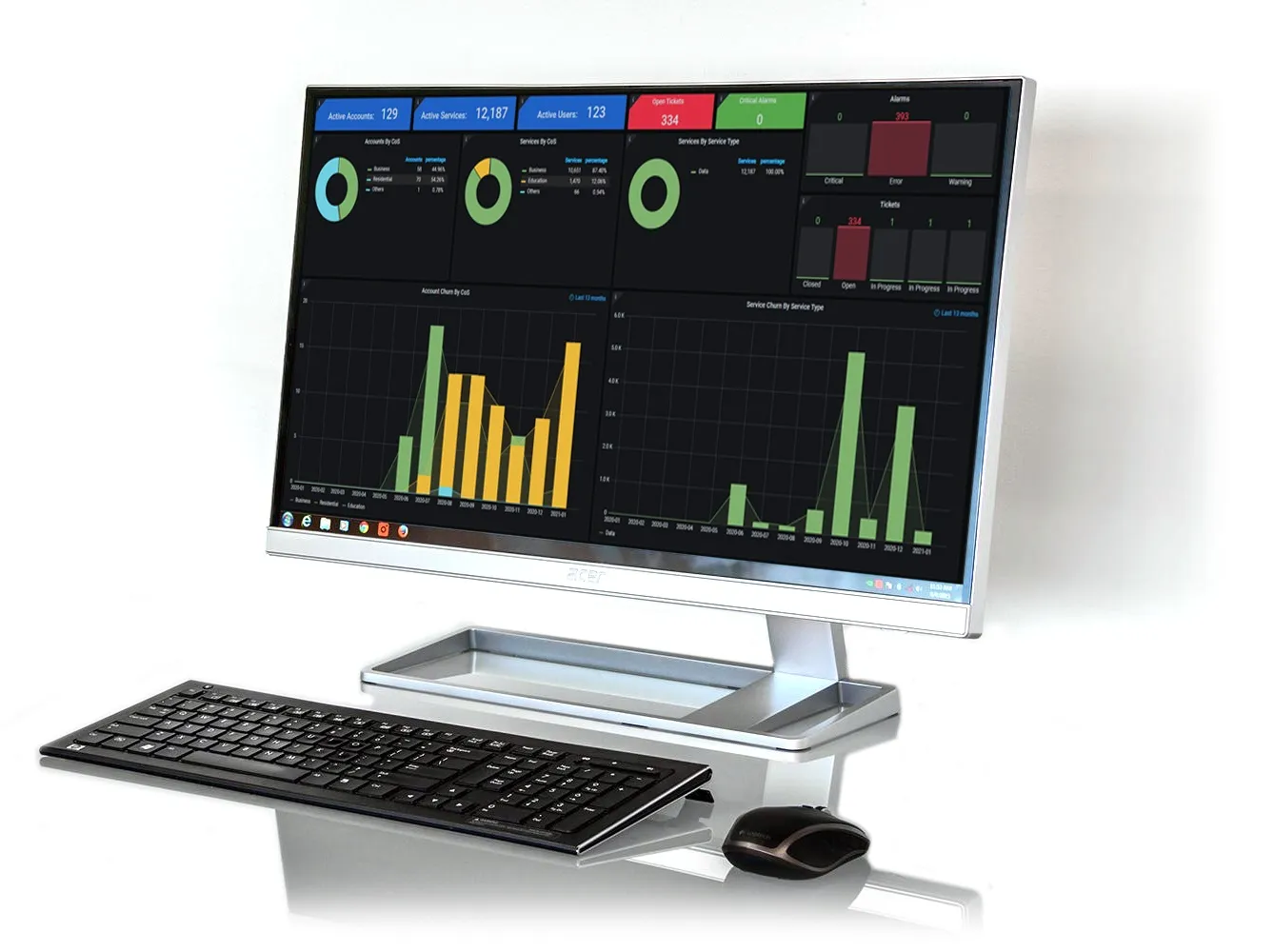What is Big Data and How Do We Break it Down?
What is the significance of Big Data? Why is that phrase everywhere in the current IoT lexicon? As Big-Business grows, the value of data follows. As most business practices require automation software at some point to minimize the number of hours lost in data analyzation, this is where it comes into play. Don’t be confused by this new phrase; Big Data isn’t some new and exciting type of data; however, it entirely revolves around a new scalable way of housing and analyzing data that are too big for typical management platforms to handle. Most sources site Big Data as being scalable through the following three V’s.
Volume
The Mass amount of data is what set’s big data apart. There will be millions of companies who may never consider Big Data as it doesn’t pertain to their company’s size or potential data growth. More data doesn’t necessarily mean more money, so don’t worry if this is the first of Big Data you’re hearing. An example that tends to be easy to understand in this day and age is social media. Think about Instagram. Do you have Instagram? Does your best friend have Instagram? If either of your answers was yes, scale that across the entire world and you end up with an incredible number. Sprout Social reports that near 1 Billion Instagram accounts are had in 2020. If every tenth person with an account published one photo and caption, that would still be an absurd amount of data to house and sort. Instagram and Facebook are perfect examples of the amount of content required to keep its users happy; however, social media isn’t the only scalable type of business with Big Data.
Velocity
The rate at which the data flows in to be analyzed and housed is the velocity. Let’s continue using social media as our example platform. We’ve been over just how many users there are today. Still, we have yet to go over just how quickly data and information is “posted” and imported into these social media data servers at any given moment. To be able to funnel through the mass amount of data requires a platform equipped to do so. To name a few Big Data platforms that could take on the challenge would be both Oracle and Microsoft Azure. It’s a more competitive space with every year that passes. Still, we would recommend any company considering the specific requirements of your business before deciding on a particular data platform.
Variety
The days of the past, where data came in cookie-cutter organized rows and columns is gone. The variety of data today comes in different types, typically categorized by being “structured” or “unstructured.” Typical rows and columned data falls under the Structured side and pictures, videos, presentations, etc. typically fall under the Unstructured data side. Previously standard data platforms could only process structured data at a consistent rate. Big Data platforms like, previously mentioned Oracle, can process and analyze both varieties and more massive amounts of data at the same constant speed. The importance of Big Data is likely to increase as people crave more and more connection via the IoT. The more the world wide web is incorporated into business and social processes, the more data will be required.
